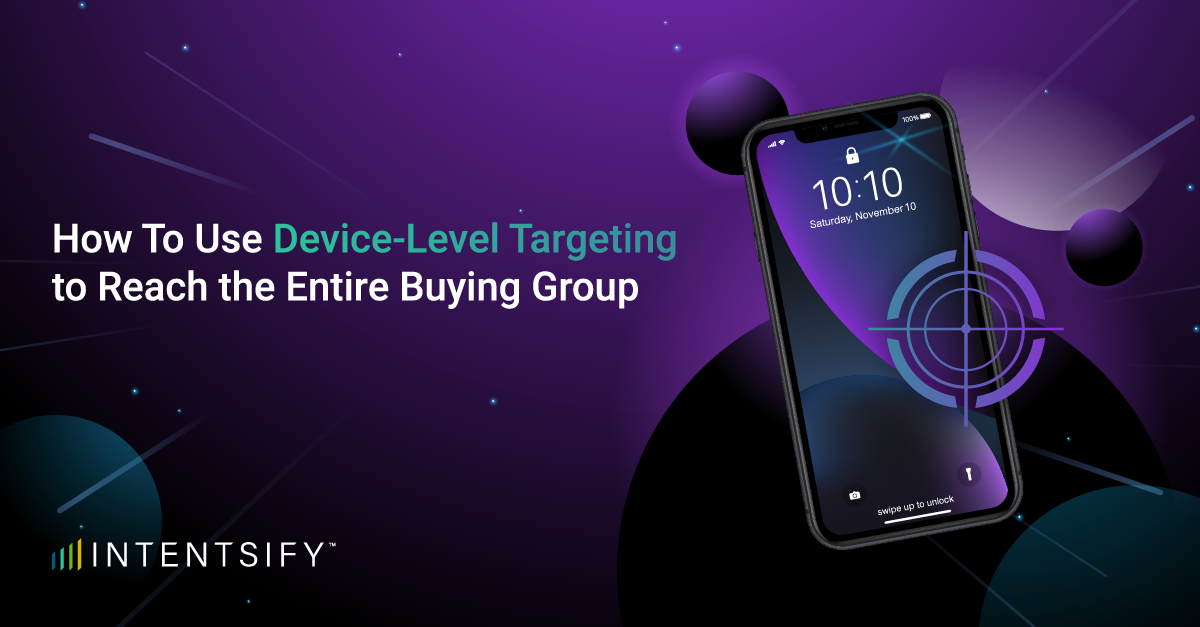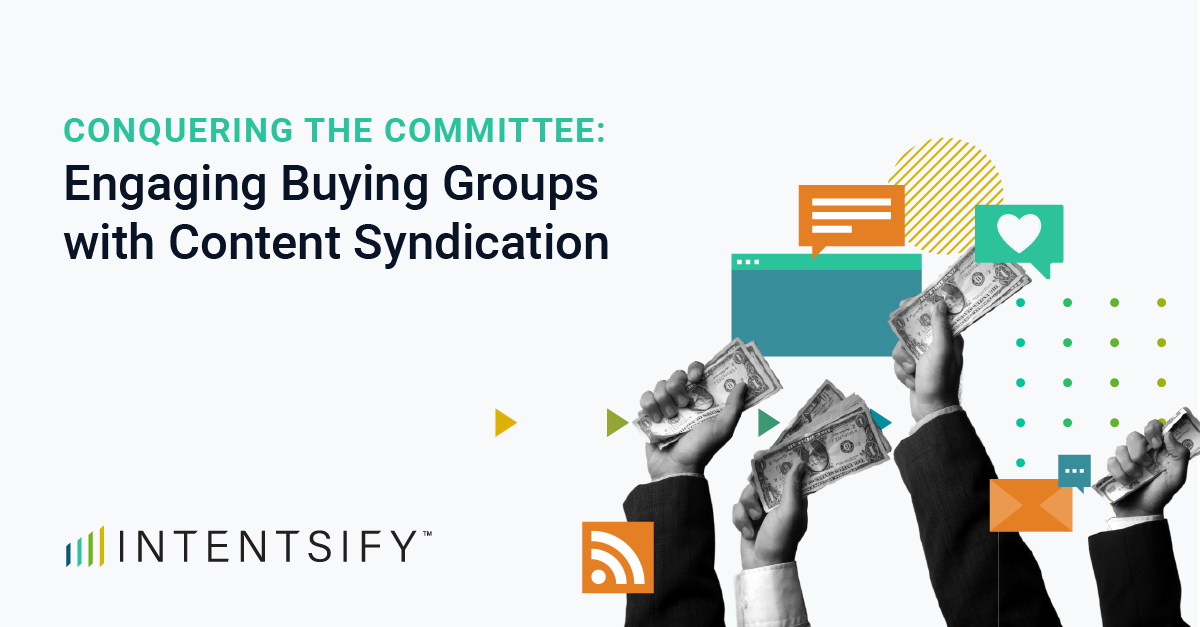If anything is true about B2B marketing, it’s that change is inevitable. In fact, given the ongoing evolution of technology and corresponding changes in buyer behavior, most B2B marketers would argue it’s essential.
The latest industry-rattling seismic rumble is the shift away from search engine algorithms toward conversational AI overviews.
Google has driven search for decades. And B2B marketing has been all about search engine results page (SERP) rankings. But now AI overviews are scraping, summarizing, and repackaging your content, then delivering it to users where and when they want it.
On Google, searches now generate direct, human-like responses that appear at the top of SERPs. And on platforms such as ChatGPT, Claude, and Gemini conversational AI interfaces deliver human-like responses to queries.
There’s no need to choose a link. No need to click through to a website.
Zero-click searches are changing B2B marketing.
Zero-click search hasn’t killed SEO. Not yet anyway. But it’s certainly changing the way B2B marketing works. With AI delivering search results, marketers lose the chance to give potential customers immediate context to their brands via their websites. They can’t capture behavioral data and convert user interest into a prospect or lead.
But zero-click searches are here to stay. The simplicity and convenience of zero-click searches are irresistible, particularly for busy businesspeople seeking reliable information fast. And research confirms they’re taking attention away from traditional SEO-driven results. A recent analysis compared searches for 300,000 keywords on a search engine with an AI overview to those without one. The average clickthrough rate (CTR) was 34.5% lower for the top-ranking page when the overview was present.
According to Gartner, by 2028, brands’ organic search traffic will decrease by 50% or more as consumers embrace zero-click generative AI-powered search.
Preparing for zero-click searches starts with your website.
In the zero-click search age, your brand may still get visibility across AI overviews. It will just be harder to capitalize on the visibility. To counter the impact of zero-click searches, take a look at your overall search strategy. Start with a comprehensive website audit that:
- Crawls the site and flags any technical or on-page SEO issues.
- Analyzes site structure to ensure search engines can easily find it and visitors can readily and logically navigate to the information they seek.
- Assesses all the technical SEO elements, everything from the XML site map to the URL structure and the HTML implementation and security.
- Evaluates site speed and performance on all platforms, including mobile devices.
- Compares the site to competing sites in terms of keywords, content, backlinks –– everything that might improve search result rankings.
- Analyzes on-page SEO elements such as title tags, meta descriptions, and header tags.
- Reviews the content strategy to identify any gaps or opportunities to add information or to talk about information in a different way.
- Boosts the rankings of important pages on the site by analyzing internal linking and backlinks.
Reevaluate your content — all of it.
In a world of zero-click searches, your content must evolve. Whether it’s your blog, website, or a sales enablement piece, write it (or revise it) for natural language processing. Remember, Large Language Models (LLMs) have consumed massive amounts of text data. Structure, tone, semantic depth, topical relevance –– all are important now.
This isn’t about mere keywords. Zero-click searches require interlinked, informative ecosystems of content optimized not only for SERPs but for semantic engines that rely on context and user intent. Yes, you’re still writing for humans. But you’re also writing for the AI assistants that humans trust. If the bots don’t see you, your prospects may not see you either.
To reach users who are relying on zero-click searches, you can add weight through FAQs, definitions, comparisons, user-generated content, expert insights, and multimedia content. Also, remember: Structured data is essential, and internal linking strategies that map to topic clusters are critical.
Don’t forget the value of the human touch.
As you work to create content and a site that captures the attention of AI, it’s good to understand the realities of the zero-click world. Yes, AI is faster than we are. It’s processed more data than we ever could. But understand, too, that your story –– your brand message –– is written by you and your team. By humans.
So, even as you meet the challenges brought about by AI, make sure you’re doing what AI can’t do. Create original content that tells your story and shows how you’re different, what makes your brand special. Speak one-on-one, in a voice that is real, human. Demonstrate to prospects and customers that you care about them, that you’re here to solve their problems and meet their needs.
Now more than ever, use intent data to get the visibility you need.
Before conversational AI and no-click searches, you could easily track how your content was being consumed. Users searched, clicked, browsed your site, and downloaded what they needed.
That’s all changed. Consumption is fragmented across multiple channels and sometimes hidden from view.
Use intent data to fill in the picture. Intent data offers critical insight into what buyers are researching, how frequently they’re doing so, and where they are in their journeys. In a changing world, one where the rules (as always) are changing, intent data is a powerful asset to maintain and improve your advantage in the marketplace.






